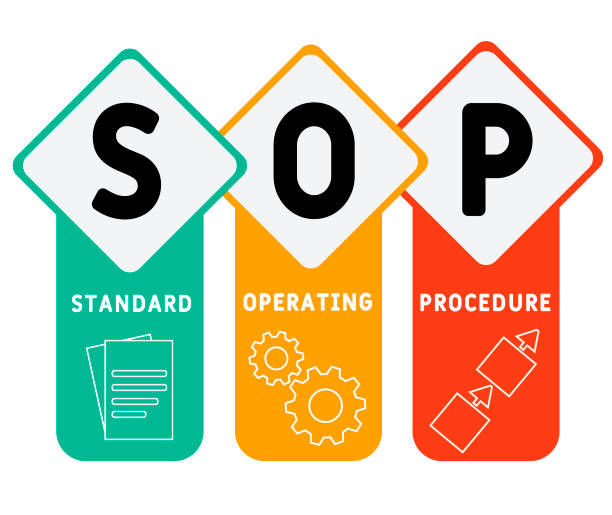
STANDARD OPERATING PROCEDURES
KARPASA PINDA SWEDA

INTRODUCTION
Karpasa pinda sweda is a type of fomentation where bolus of cotton seed is tied in to a potali is heated using vapours of dhanyamlam and is applied over the bodyfora specific duration of time.
MATERIALS REQUIRED
- Ref General Requirements SOP
- Karpasabeeja-500 gm
- Dhanyamla-1½ to 2 litres
- Vessel -2
- Cloth for covering the vessel-1
- Towel -1
- Thalam-1
Manpower
- Therapist-2
- Physician -1
PREPARATION
- Preparation of Thalam
- Prescribed drugs taken and thalam prepared.
- Refer video and SOP of Thalam
- Preparation of tray
- Take a clean tray.
- Put 2 kizhi, langotti, towel, thalam
- Preparation of patient
- Check vitals.
- Jeernaharalakshana assessed.
- Vegotsarga
- Make patient wear langotti.
PURVA KARMA
Preparation of kizhi
- Karpasabeeja is measured and soaked in water for 1 hour.
- The soaked karpasabeeja is taken after one hour and crushed into coarse form.
- Then divide it equally to prepare kizhi.
- Ref SOP for tying of kizhi.
- Dhanyamlam is heated in a vessel, with its mouth covered with a cloth.
- Once it boils and vapours start to appear the potalis are placed over the cloth.
- The vessel is then covered using another vessel so that the potali is heated well with the vapours of dhanyamlam.
PRADHANA KARMA
- Karpasapindasweda is done in 7 postures: Sitting, Supine, Left Lateral, Supine, Right Lateral, Supine and Sitting.
- The patient is asked to sit comfortably over the droni.
- Rasnaditalam is placed over the vertex.
- Then the patient is asked to sit with legs extended
- The body and foot is cleaned with a towel.
- Once the required temperature is attained, thepotalisare taken out of the vessel.
- Temperature of the potali is checked by the therapist by placing it over the dorsum of his hand.
- Temperature is also confirmed with the patient by placing it over the foot.
- The heated potali is applied by patting it as linear strokes over the neck region to the hands, neck to lower back, hip to foot and neck to foot in sitting position.
- The potali is applied quickly in gentle stroking manner to avoid burns.
- The temperature of the potali is maintained throughout the procedure by reheating the potalis in vapours of dhanyamlam
- Then the patient is asked to lie in supine position.
- The heated potali is applied by patting it initially over the abdomen to hands and hip to foot. Then the entire body is covered by patting it simultaneously as linear strokes from hands to foot.
- The potali is to be applied in circular pattern over the joints.
- The patient is then asked to lie in left lateral position with right knee flexed.
- The heated potali is applied by patting it over hand to hip by one therapist, while the other therapist cover back region to foot.
- Then the patient is asked to lie in supine position and same strokes are repeated with heated potalis.
- The patient is then asked to lie in right lateral position with left knee flexed.
- The heated potali is applied by patting it over hand to hip by one therapist, while the other therapist covers from back region to foot.
- Then the patient is again asked to lie in supine position and same strokes are repeated with heated potalis.
- Finally, the patient is made to sit with legs extended and respective strokes mentioned for sitting posture are repeated.
PASCHAT KARMA
- Thalam is removed.
- Patient is asked to take hot shower after resting for a while.
- Rasnadichoorna is applied over vertex after bath.
DURATION
- 1 hour 10 minutes
INDICATIONS
- Katigraha
- Arthritis
CONTRAINDICATIONS
- Pregnancy
- Alcoholic persons
- Bleeding disorders
- Diarrhoea
- Skin diseases
- Fever
PRECAUTIONS
- Karpasabeejapindasweda should not be performed soon after the intake of food.
- Bolus should be tightly tied to prevent leakage of the contents during rubbing.
- Same pressure and temperature should be maintained while doing the procedure.
- Temperature of the potali is confirmed by the therapist and patient before applying to the body parts.
- Gentle tapping should be followed over the tender areas.
- Therapists on bothsides should apply kizhi in a synchronized manner on patient’s body.
COMPLICATIONS AND MANAGEMENT
- Rashes – Stop the procedure immediately. Apply shatadouthagritha.
- Fainting – Sprinkle cold water and drakshadi Kashaya can be given internally.



